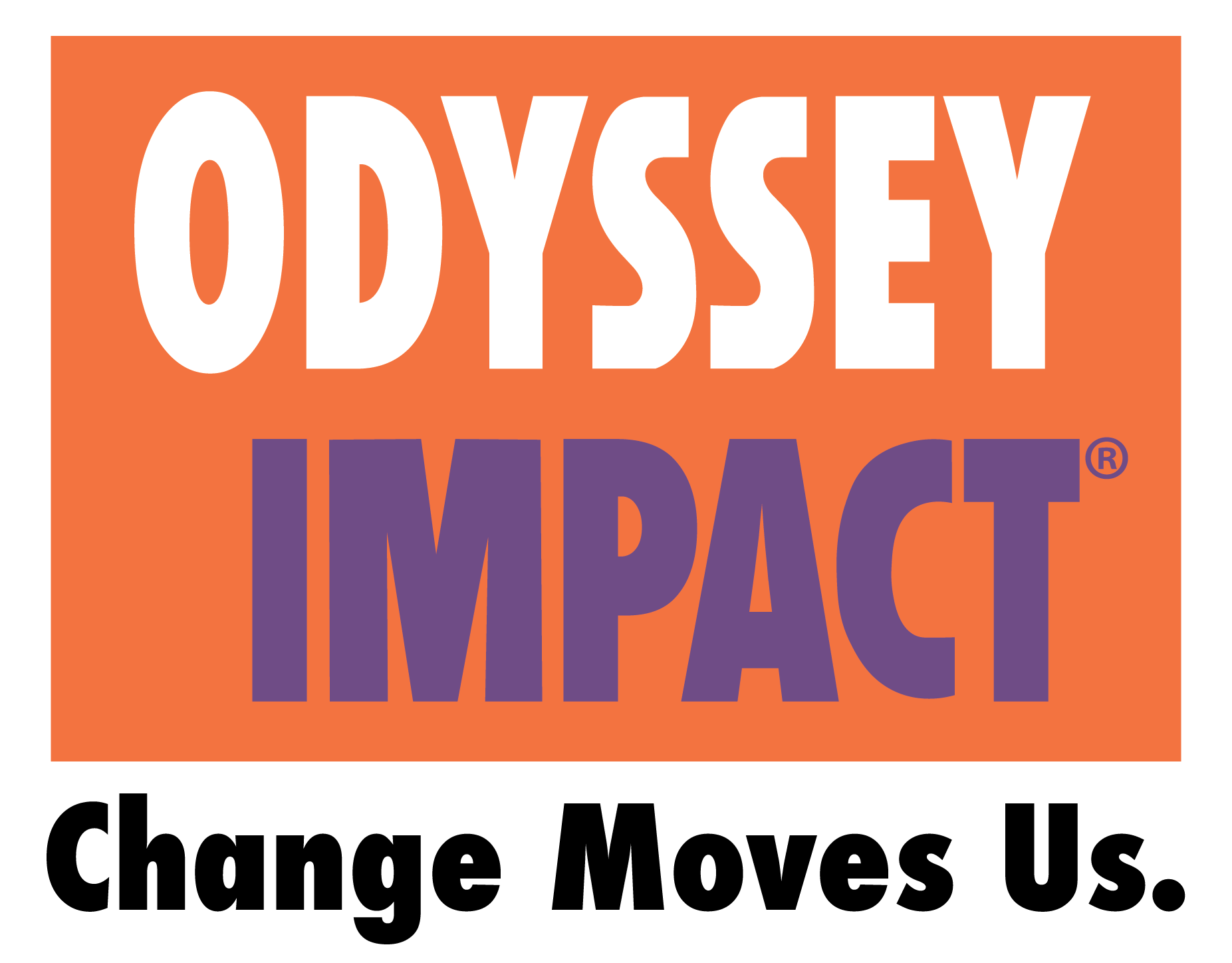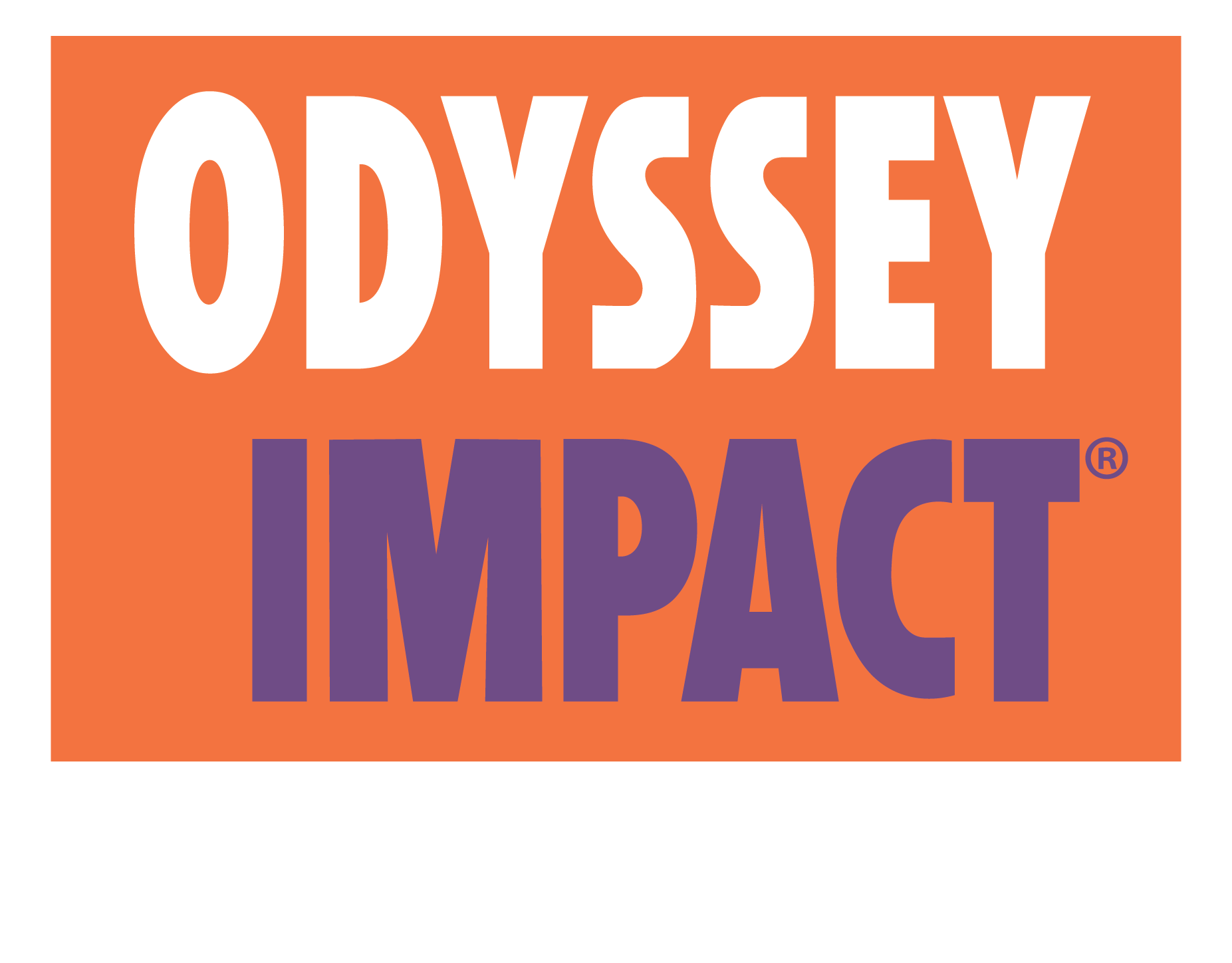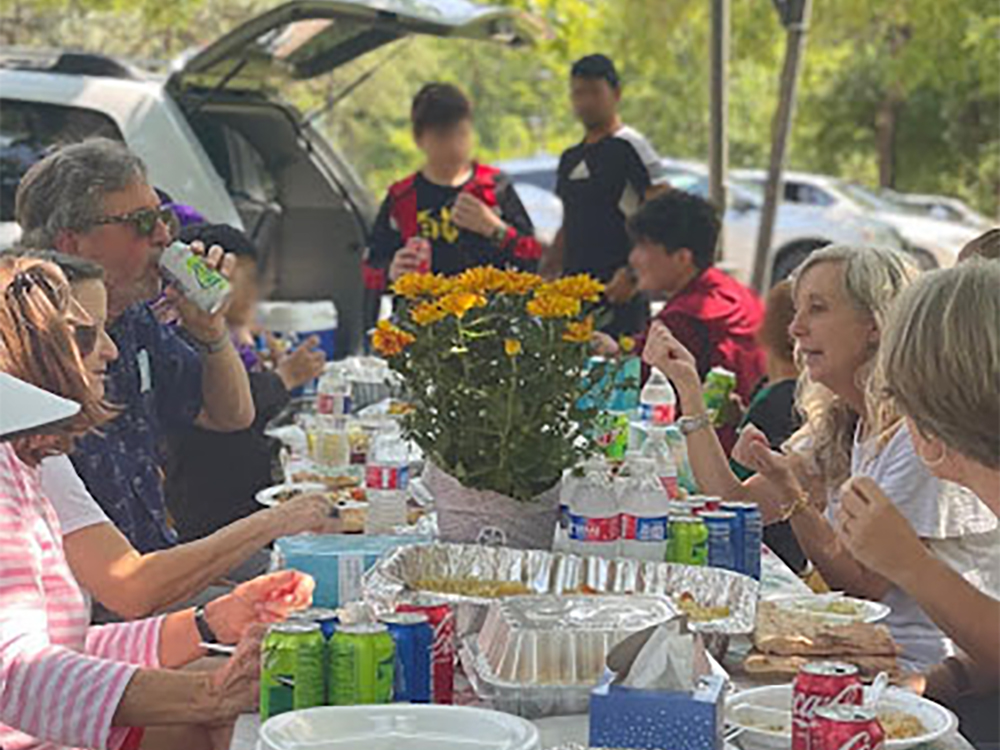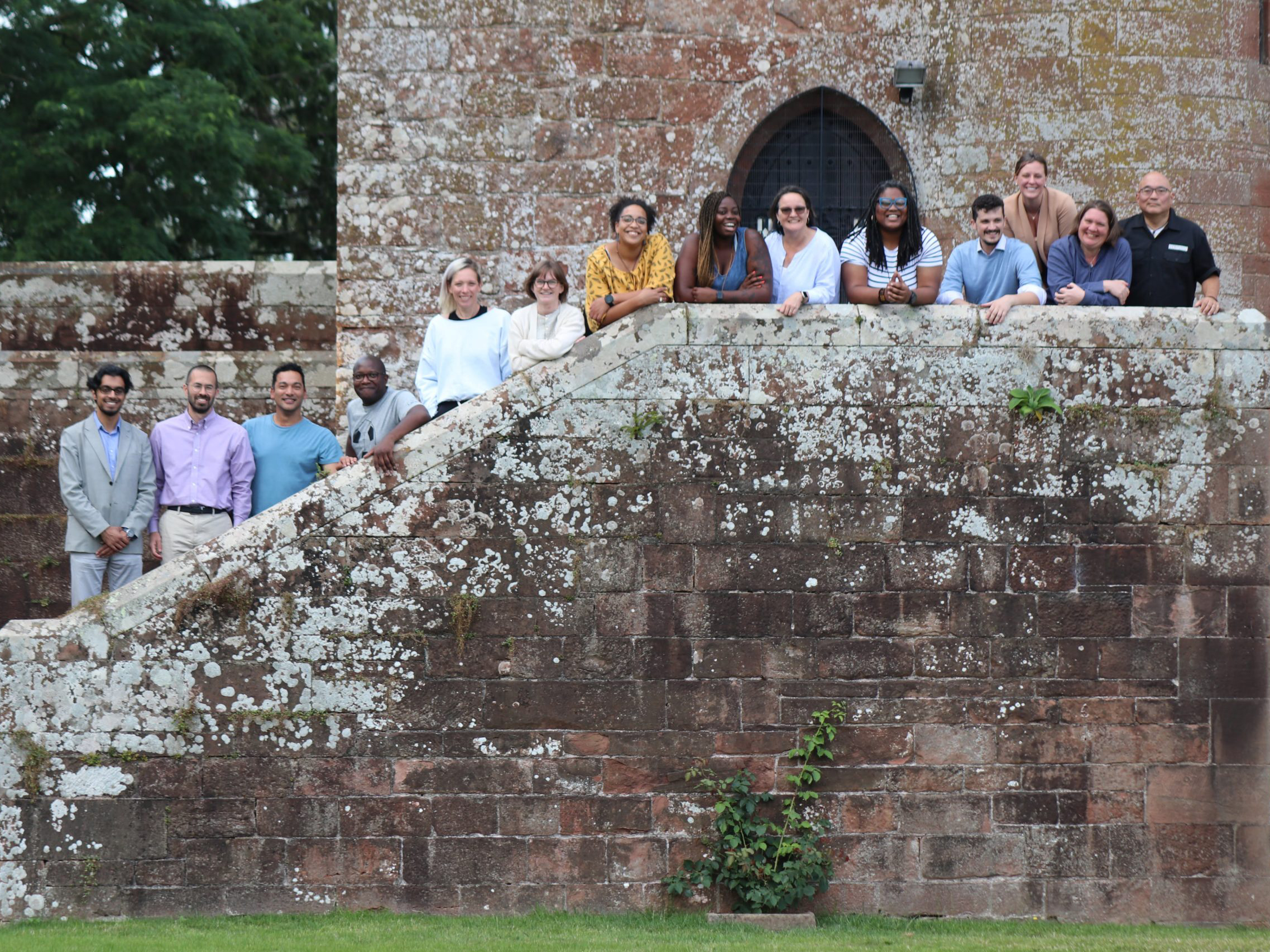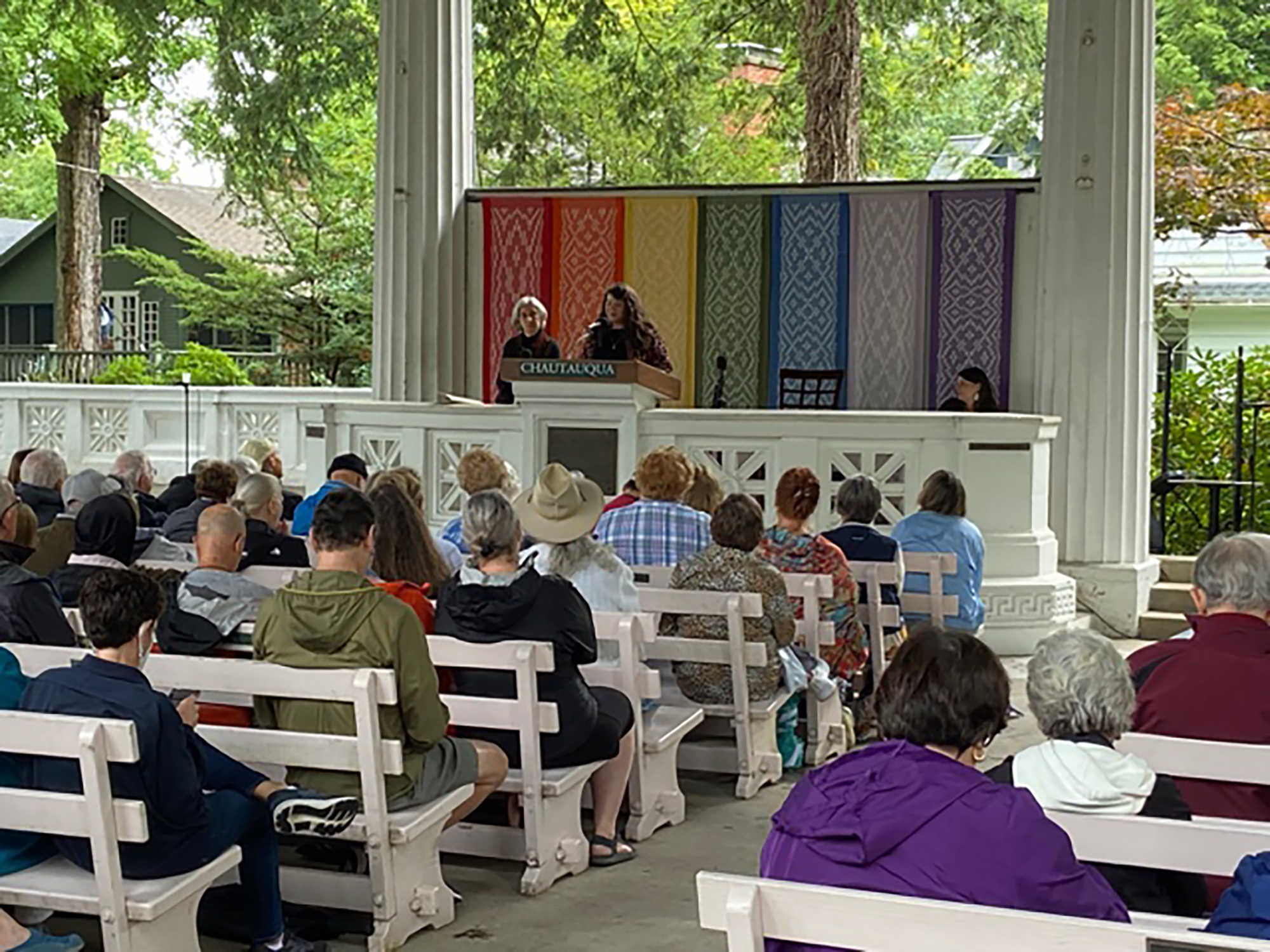[vc_row css_animation=”” row_type=”row” use_row_as_full_screen_section=”no” type=”full_width” angled_section=”no” text_align=”left” background_image_as_pattern=”without_pattern”][vc_column][vc_column_text]Norman Garmezy, a developmental psychologist and clinician at the University of Minnesota, met thousands of children in his four decades of research. But one boy in particular stuck with him. He was nine years old, with an alcoholic mother and an absent father. Each day, he would arrive at school with the exact same sandwich: two slices of bread with nothing in between. At home, there was no other food available, and no one to make any. Even so, Garmezy would later recall, the boy wanted to make sure that “no one would feel pity for him and no one would know the ineptitude of his mother.” Each day, without fail, he would walk in with a smile on his face and a “bread sandwich” tucked into his bag.
The boy with the bread sandwich was part of a special group of children. He belonged to a cohort of kids—the first of many—whom Garmezy would go on to identify as succeeding, even excelling, despite incredibly difficult circumstances. These were the children who exhibited a trait Garmezy would later identify as “resilience.” (He is widely credited with being the first to study the concept in an experimental setting.) Over many years, Garmezy would visit schools across the country, focussing on those in economically depressed areas, and follow a standard protocol. He would set up meetings with the principal, along with a school social worker or nurse, and pose the same question: Were there any children whose backgrounds had initially raised red flags—kids who seemed likely to become problem kids—who had instead become, surprisingly, a source of pride? “What I was saying was, ‘Can you identify stressed children who are making it here in your school?’ ” Garmezy said, in a 1999 interview. “There would be a long pause after my inquiry before the answer came. If I had said, ‘Do you have kids in this school who seem to be troubled?,’ there wouldn’t have been a moment’s delay. But to be asked about children who were adaptive and good citizens in the school and making it even though they had come out of very disturbed backgrounds—that was a new sort of inquiry. That’s the way we began.”[/vc_column_text][vc_empty_space height=”60px”][ult_createlink title=”CONTINUE READING” btn_link=”url:https%3A%2F%2Fwww.newyorker.com%2Fscience%2Fmaria-konnikova%2Fthe-secret-formula-for-resilience||target:%20_blank|” link_hover_style=”Style_11″ text_color=”#ffffff” text_hovercolor=”#ffffff” background_color=”#f57c50″ bghovercolor=”#784c8e″ el_class=”nav-button” heading_style=”font-weight:bold;” css=”.vc_custom_1585852358141{padding-top: 10px !important;padding-right: 10px !important;padding-bottom: 10px !important;padding-left: 10px !important;}”][vc_single_image image=”28420″ img_size=”full” alignment=”center” onclick=”custom_link” qode_css_animation=”” link=”https://odyssey-impact.org/impact-resources/” css=”.vc_custom_1585693972154{margin-top: 30px !important;}”][/vc_column][/vc_row]
